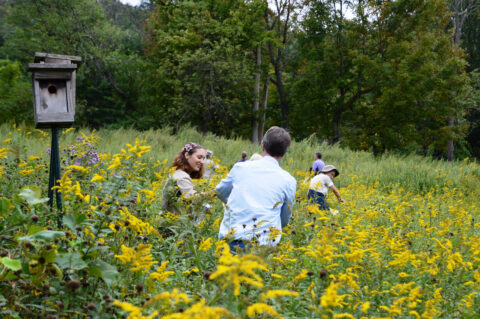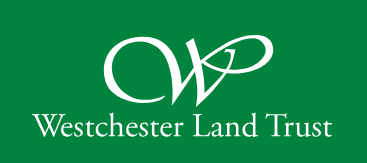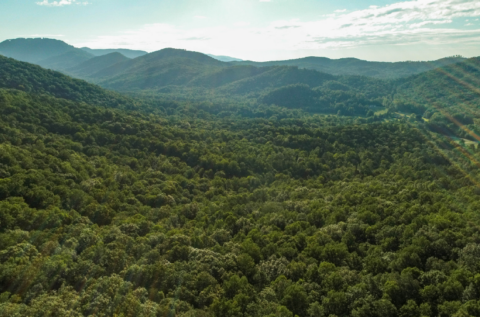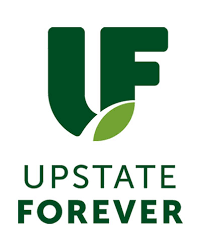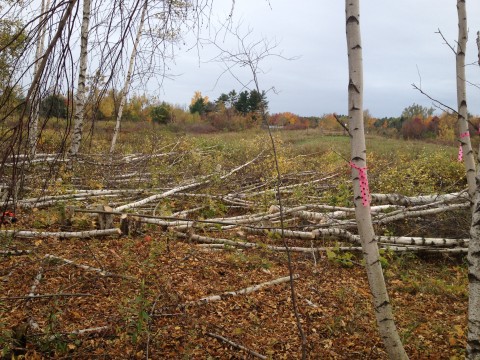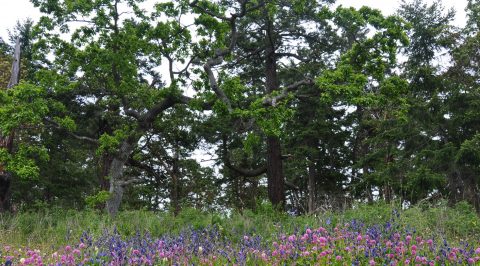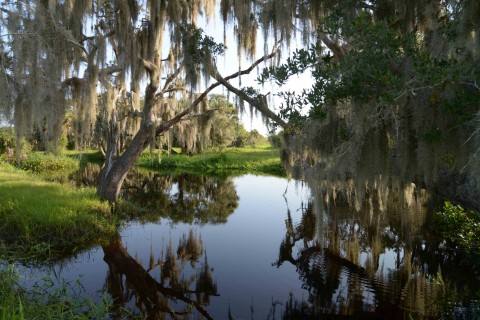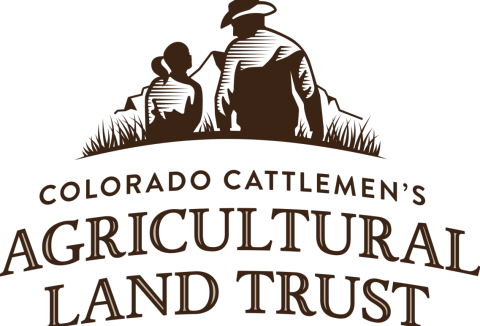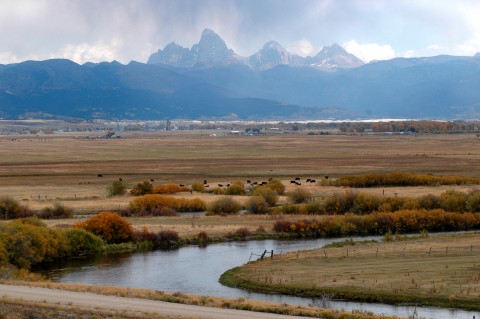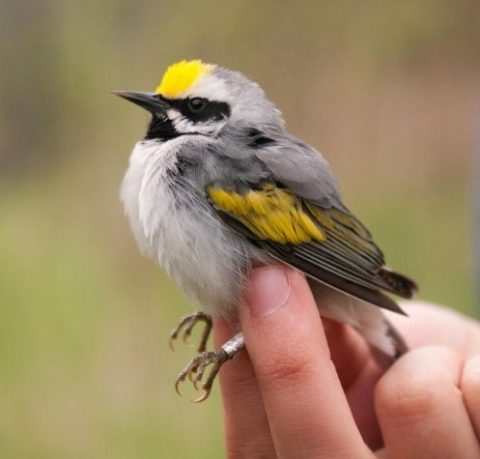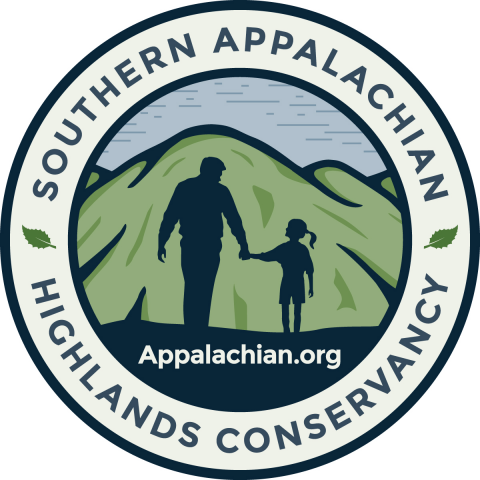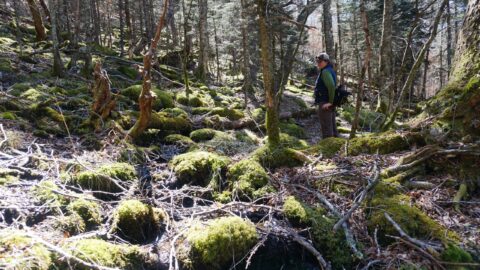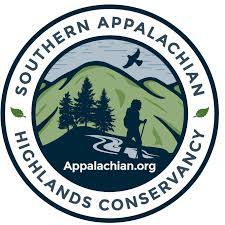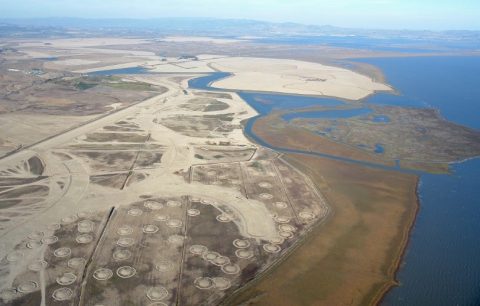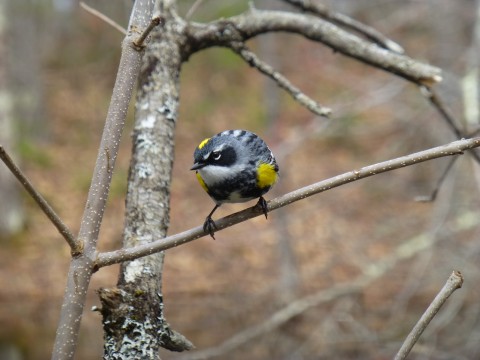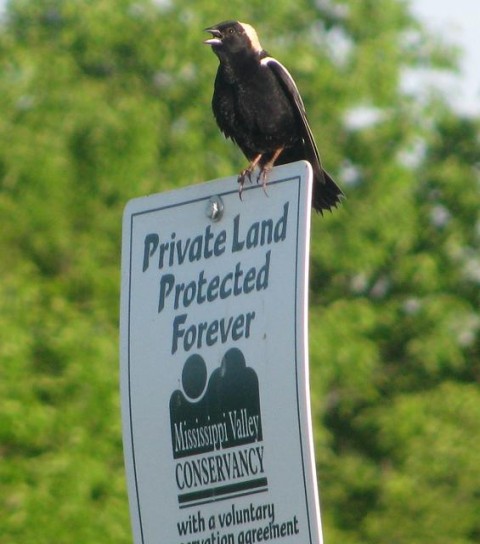There are numerous land trusts that have had exceptional experiences conserving both lands and birds; we interviewed some of these land trusts. Their stories have inspired other land trusts interested in becoming more involved in bird conservation and demonstrated how a land trust can benefit from bird conservation, including which first steps to take. We encourage you to read the stories of the land trusts listed below to learn more about their bird conservation efforts, and what they did to succeed.

Westchester Land Trust uses community partnerships, workshops, and eBird to facilitate conversations about bird conservation in Westchester County, New York.

Upstate Forever (UF), South Carolina’s first nationally accredited land trust, developed baselines and management guidelines for grassland bird habitats in the Piedmont Ecoregion of Upstate South Carolina.

TILT is working to conserve lands for migratory birds, full-time residents, and for future generations of human visitors.

TNTBC prioritizes land parcels based on their biodiversity in critically endangered Coastal Douglas Fir ecosystems to maximize conservation investments.

Birds are a focus for CFGC’s conservation efforts because there are unique and vulnerable species in Florida.

TRLT protects agricultural lands, which serve as habitat for many bird species of conservation concern.

Biodiversity is a core value of Southwest Michigan Land Conservancy (SWMLC), which used small grant funds for bird-friendly habitat management and to establish a bird monitoring program.

SAHC has conserved nearly 800 acres of ecologically significant habitat to provide nesting grounds for birds.

Southern Appalachian Highlands Conservancy implemented low cost, minimal impact forestry practices to restore declining conifer ecosystems for the benefit of multiple species of greatest conservation need.

SLT is dedicated to land restoration and conservation efforts that will provide habitat to a large range of bird species.

As a small land trust in a rural area, SRLT uses bird conservation to help raise awareness and garner support for their work.

MVC prioritizes the protection of intact functional ecosystems, and saw they couldn’t have healthy ecosystems without birds.



